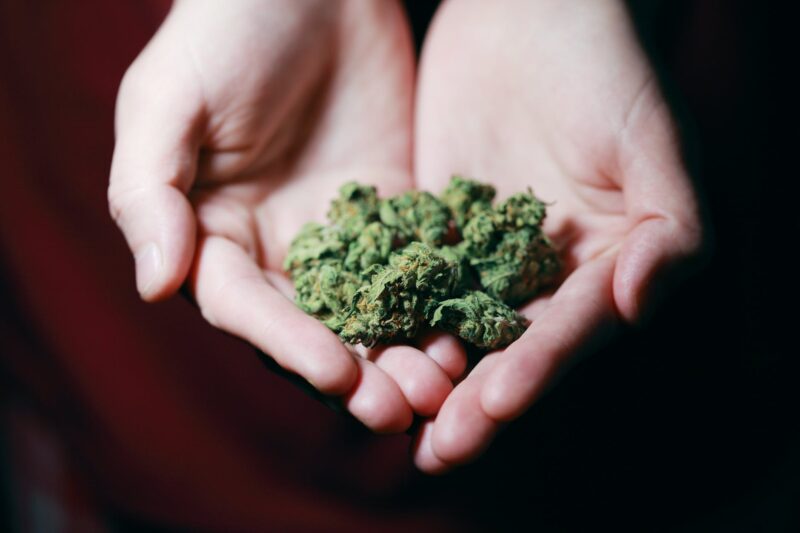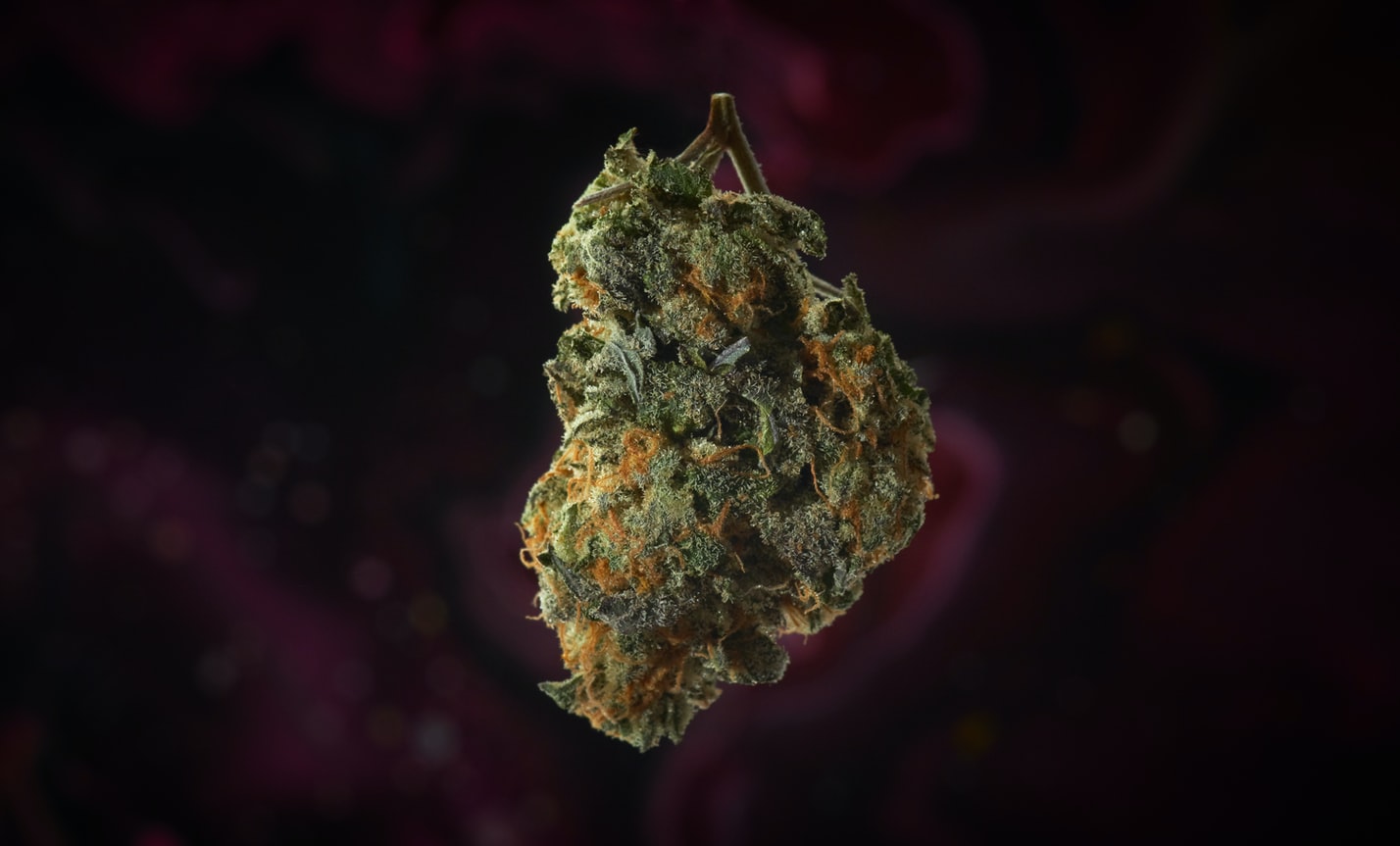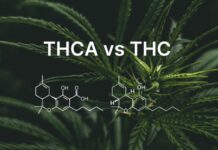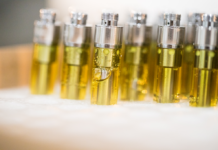The primary psychoactive compound in marijuana is THC, or tetrahydrocannabinol. Quite possibly the most controversial substance in history, THC is the chemical that makes users feel “high” when consuming marijuana. Nowadays, some strains of cannabis contain an extremely high THC content, up to 30-40%. THC is possibly just one of over 110 identified cannabinoids in cannabis. According to the National Institute on Drug Abuse (NIDA), cannabinoid chemicals are actually produced naturally by the body.
Despite the millions of users of cannabis worldwide, there is still an abundance of information that hasn’t reached the mainstream news cycle. In fact, there are probably hundreds of facts about THC that the average weed-lover doesn’t know. Although the social acceptance of marijuana has grown around the world in recent years, there is still very little formal education about it. And a lot of misinformation at that.
From the science behind the compound, to its historical and cultural impact, to some of its practical uses, THC is a highly complex and dense topic. In addition, there is a ton of conflicting evidence and opinions about the substance, both in the medical community and by society. Luckily, we’ve compiled a list of the ten most essential facts about THC that you need to know. Here they are:

How it Works
Cannabinoid receptors are located in certain areas of the body such as the brain, organs, connective tissue, glands, and immune cells. THC attaches itself to these receptors and galvanizes them. In effect, the user may feel changes in their memory, mood, thinking, concentration, perception of time and space, and physical coordination.
THC is found in the resin secreted by glands of the marijuana flower. It is one of many compounds that exist in this area of the plant. The majority of these glands are found near the reproductive organs of the plant. Another cannabinoid that is present in this resin is CBD, the non-psychoactive compound that is responsible for many of the medical benefits of marijuana like pain relief and appetite stimulation. According to the National Center for Biotechnology Information, CBD actually blocks the psychoactive effects of THC.
Fortunately, many cannabis brands today have placed an emphasis on proper education and responsible use of their products. Brands like Emjay have entire blogs dedicated to teaching users about the nuance between different kinds of weed and the varying compounds within the flower.
Thousands of Years of History
According to E. L. Abel in the 1980 book Marihuana: The First Twelve Thousand Years, the history of cannabis goes back to at least 10,000 BC. The text claims that, for centuries, hemp was used ritualistically by members of certain religious groups like Hindus in India. Originally, the plant was not used for medicinal or social purposes. In the book, E.L. Abel examines the plant’s origins, both in the Ancient and New World. If this is true, that would make marijuana one of the oldest cultivated crops in world history. The book alleges that people were growing cannabis around the same time that they began grinding wheat and barley in the Zagros Mountains of Iran.
Marijuana has been used for medicinal purposes for over 3,000 years, according to the National Cancer Institute. The ancient Chinese used the plant regularly in medicine. Hemp reached the South Asian subcontinent between 2,000 BC and 1,000 BC, ending up in the Middle East simultaneously. Gradually, cannabis was becoming available around the globe. The first written account of cannabis was in 2,737 BC, when Emperor Shen Nung apparently wrote about the plant’s health benefits. However, many historians have deemed that Emperor Shen never even existed.
In other reports, archaeologists have found burned cannabis seeds in Siberian burial mounds over 5,000 years old. More recently in Colonial America, farmers were required by the government to grow hemp in the 16th century in states like Connecticut, Massachusetts, and Virginia.

The Countless Medical Benefits
Many people associate THC with the feeling of euphoria that it causes. THC helps to stimulate cells in the brain and release dopamine, causing this feeling of elevation. However, THC also carries a multitude of health benefits, both mental and physical. THC can be used to treat chronic pain, seizures, cancer, depression, anxiety, PTSD, and several other ailments. Read more about the benefits of cannabis for cancer patients here in this informative article by Emjay.
There is evidence to suggest that cannabis can also be used to treat and prevent diabetes, slow the development of Alzheimer’s, calm down tremors in Parkinson’s, and control symptoms of autism. These are just a few of the many medical benefits of using THC. As the amount of scientific research about the compound increases, it is likely that more uses for it could be revealed in the future.
Impossible to Overdose
In its thousands of years of use, zero people have overdosed on marijuana. It is physically impossible to overdose on the substance. To experience any type of serious immediate health consequences from cannabis, a user would have to consume about 1,500 pounds of it in under 15 minutes. These values were determined by DEA-appointed judge, Francis Young in 1988. It is impossible to overdose on any form of marijuana, whether it be flower, vapes, concentrates, edibles, or any other version of the plant.
In the medical field, all drugs have what is called an LD-50 rating. This form of measurement dictates what dosage is required for 50% of test animals receiving it to die from toxicity of the drug. Research has suggested that marijuana has an LD-50 rating of between 1:20000 and 1:40000. That’s about 20,000 to 40,000 joints smoked. You would have to smoke that quantity of cannabis in a span of hours in order to achieve a 50% chance of dying. Practically, it is impossible to overdose on marijuana.

Legality Around The World
There are only two countries that have fully legalized THC for recreational and medical use. Though marijuana is decriminalized in many countries and legal in certain areas of countries, it is only legal at a federal level in two. One of those countries is Uruguay, which became the first nation in modern history to legalize weed entirely in December of 2013. The government also announced the launch of marijuana dispensaries that would be controlled by the state.
In August of 2014, the federal government passed legislation to allow residents to grow up to six plants at home. By October 2014, “grower’s clubs” were opened, allowing approved applicants to grow up to 99 plants a year. In 2017, 16 pharmacies in the country received authorization to sell cannabis in their stores.
In October of 2018, Canada became the second country to legalize cannabis completely. Medical marijuana had been legal in the nation since 2001. In Canada, you must be 19 years old to purchase marijuana, except for Quebec and Alberta, where the minimum age is 18 years old. You can legally possess up to 30 grams of the plant. Laws about cannabis differ from province to province.
In the United States, eleven states have legalized the recreational use of marijuana. Recently though, during the 2024 presidential election, four more states voted to legalize cannabis including New Jersey, Arizona, South Dakota, and Montana. However, South Dakota has reversed the decision since the initial vote, after a judge declared that it was unconstitutional.
The marijuana industry in America has been booming since states like California and Colorado have legalized the plant. Previously, users could face years in prison for selling marijuana. Now, there are dispensaries that any adult can purchase cannabis from. There are even weed delivery services like Emjay that bring weed straight to your door.
47 of the 50 states allow the use of medical marijuana in some capacity, and over half the states in the country have decriminalized the substance in some form. The three states that do not allow marijuana use at all are Nebraska, South Dakota, and Idaho. It is unlikely for the United States to legalize marijuan federally in the near future.
Internationally, several other countries may soon legalize the herb like the Netherlands, Italy, Czech Republic, Jamaica, and France. Cannabis crimes are already weakly enforced in these countries, but no formal legislation has been passed yet federally.

Hundreds of Marijuana Compounds
THC was first Identified by Dr. Raphael Mechoulam during his research process between 1963-1964. Since then, scientists have identified almost 500 different chemical compounds and anywhere from 60-110 cannabinoids in marijuana. There is still a lot of contradicting evidence from different reports, but the number of cannabinoids in the plant seems to float around those numbers. The medical benefits and psychoactive effects of most of these cannabinoids are unknown thus far.
Non-Intoxicating When Raw
Before decarboxylation, THC actually starts out as THCa, a non-intoxicating form of the compound. THCa apparently possesses medicinal qualities that dissipate after the marijuana plant is heated up. Once exposed to heat, the decarboxylation process begins.More and more physicians are beginning to utilize THCa for their patients.
THCa is also able to metabolize in larger doses than THC, making it potentially more useful medically. Research suggests that THCa has anti-inflammatory and anti-proliferative qualities. THCa is also proven to have anti-spasmodic qualities which could help patients that suffer from seizures.Currently, THCa is mainly used by patients that have chronic immune system conditions.
Transforms When Exposed to Light and Air
When cannabis is exposed to light and/or air, it degrades into cannabinol (CBN), a cannabinoid that has different psychoactive effects than THC. Users that consume old and dry weed may experience an unusual high, feeling more foggy-headed and nauseous than usual. This feeling is a result of the marijuana transforming into CBN.
Normally, strains of marijuana will have a makeup of 0.5% CBN. However, when it becomes dry and stale, the process of oxidation will increase that amount. Despite being regarded as undesirable, marijuana with high levels of CBN can actually be beneficial medically.
CBN is arguably one of the world’s greatest sedatives. If you’re suffering from insomnia, CBN may be very helpful. In 2008, archaeologists discovered nearly 800 grams of weed in an ancient Chinese tomb. The weed was nearly 3,000 years old and contained an uncanny level of CBN.












